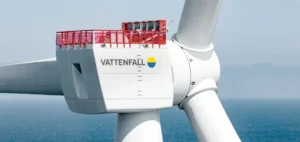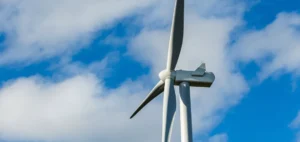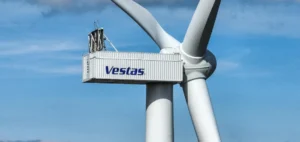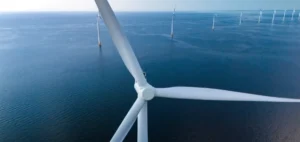The US offshore wind industry faces many challenges, mainly related to a complex and inefficient permitting process. These obstacles lead to delays, cost overruns and commercial uncertainty for energy infrastructure projects. The recent publication of the Renewable Energy Modernization Rule (Mod Rule) by the Bureau of Ocean Energy Management (BOEM) marks the first major attempt to reform offshore wind regulations since their introduction in 2009.
Background and objectives of the reform
In 2009, regulations for the offshore wind industry were largely based on BOEM’s experience with the offshore oil and gas industry. With 15 years’ experience now acquired, the Mod Rule aims to adapt these regulations to the current reality of the wind energy industry. The aim is to simplify the permitting process, reduce administrative burdens and provide greater regulatory certainty for developers. These simplifications will boost the sector and enable the development of offshore wind farm infrastructures, such as the Sunrise Wind project. What’s more, some states, like Maine, are investing in the research and development of offshore wind projects to diversify their energy mix.
Expected impact on industry
The reform comes at a crucial time for the offshore wind industry, which has recently experienced significant difficulties, including price increases, contract cancellations and project delays. By streamlining the permit process, the Mod Rule should help reduce costs and encourage new investment in the sector. It could also accelerate the development of projects on hold, contributing to industry growth.
Analysis of future prospects
The implementation of the Mod Rule is expected to bring a wind of change to the industry. By reducing administrative barriers and providing greater regulatory clarity, developers will be able to better plan and execute their projects. In the long term, this could boost US competitiveness in renewable energies, particularly in the face of more mature markets such as Europe.
Final thoughts
BOEM’s permit reform is an essential step towards revitalizing the US offshore wind industry. By addressing the structural issues that have held back the sector, the Mod Rule promises to create a more favorable environment for investment and innovation. This could not only help meet national energy targets, but also position the USA as a world leader in renewable energies.






















